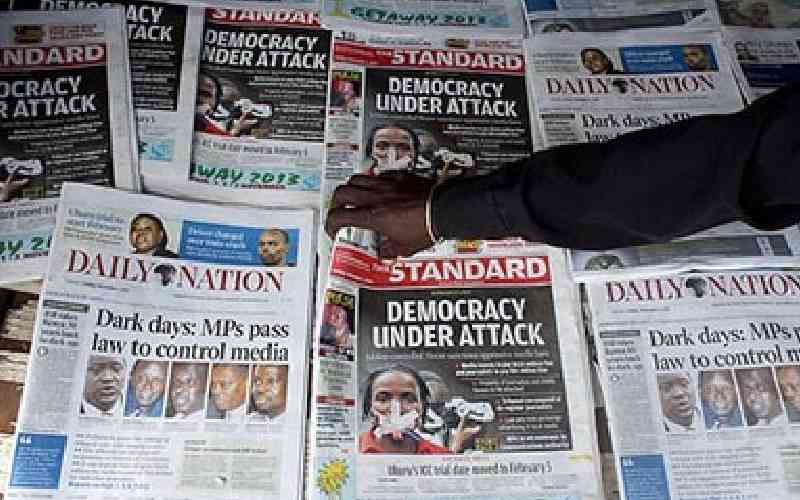×
The Standard e-Paper
Truth Without Fear

It was America's respected icon of democracy, the third president Thomas Jefferson, he who penned the 1776 Declaration of Independence for the US, who wrote that "our liberty cannot be guarded but by the freedom of the Press, nor that be limited without danger of losing it"